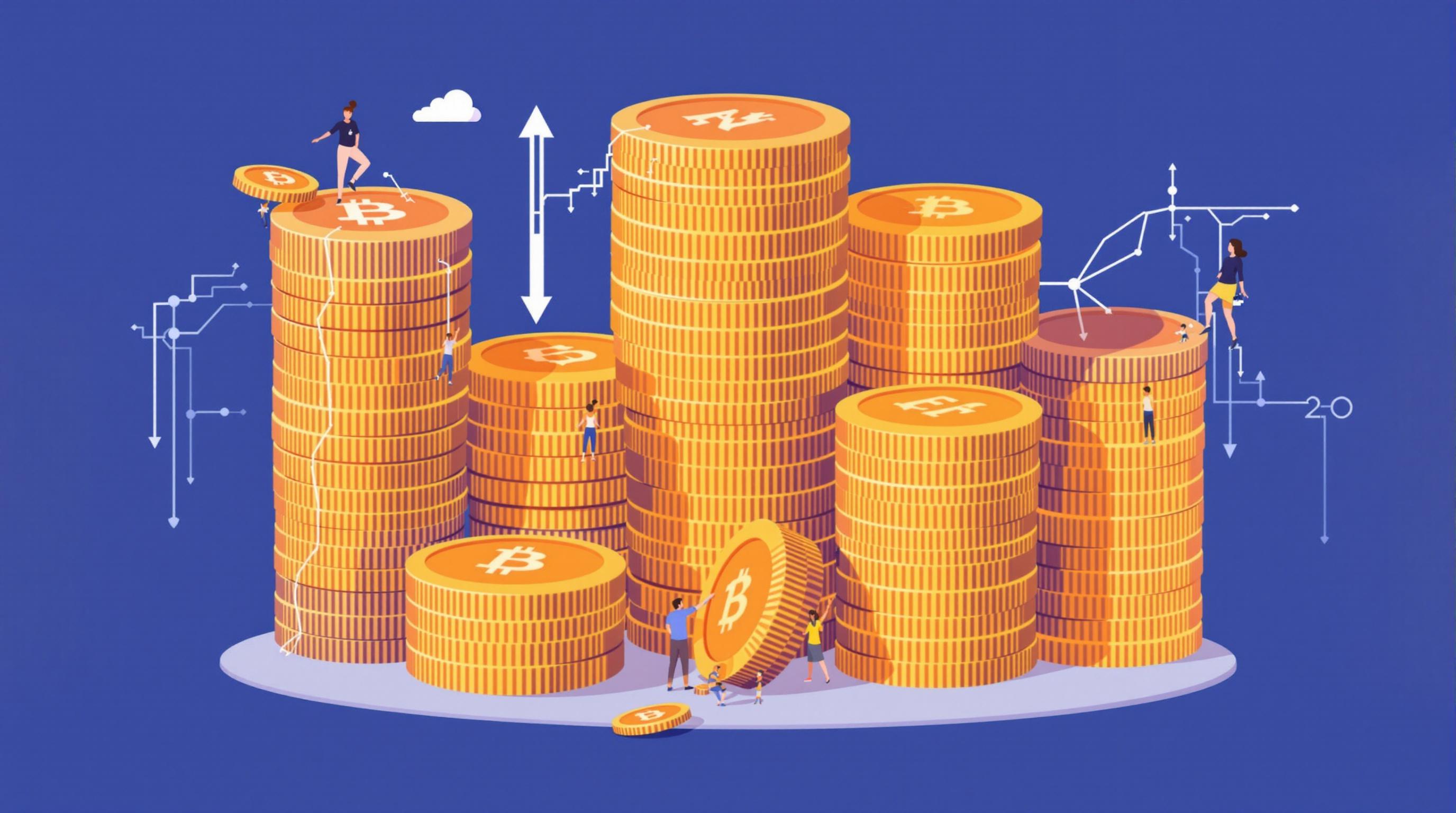Related Articles
- Unlocking Wealth: How Climate-Resilient Crops Are Shaping Financial Stability Amid Price Volatility
- Top 6 Emerging College Savings Solutions Unveiled Recently That Transform How Families Build Funds
- The surprising role of urban farming in creating economic buffers during volatile market cycles
- Unveiling the Quiet Impact of Climate Change on Municipal Bond Maturity Structures and Laddering Choices
- How Intergenerational Debt Shapes Families’ Ability to Fund Higher Education in Unseen Ways
- Top 6 Dynamic Laddering Tools from the Last Five Years Revolutionizing Interest Rate Risk Management
8 Innovative Inflation Defense Tactics Leveraging Emerging Tech and Unexplored Financial Instruments
8 Innovative Inflation Defense Tactics Leveraging Emerging Tech and Unexplored Financial Instruments
8 Innovative Inflation Defense Tactics Leveraging Emerging Tech and Unexplored Financial Instruments
1. Blockchain-Enabled Inflation-Hedged Securities
Emerging blockchain technology has begun transforming traditional financial instruments by adding transparency and immutability. One innovative approach involves creating inflation-indexed securities on blockchain platforms, which adjust returns automatically based on inflation-linked smart contracts.
These blockchain-enabled securities reduce the risk of default and manipulation while providing real-time data updates, empowering investors to hedge inflation more efficiently. The decentralized nature ensures a tamper-proof ledger, making asset tracking more reliable in volatile markets.
By leveraging distributed ledger technology, these instruments open new avenues for smaller investors to participate in inflation protection strategies traditionally reserved for institutional players. As reported by the World Economic Forum, blockchain can radically enhance the transparency and accessibility of financial markets.
2. AI-Driven Dynamic Asset Allocation
Artificial intelligence (AI) algorithms now enable dynamic asset allocation that continuously adapts portfolios to inflationary trends and macroeconomic signals. Machine learning models analyze vast datasets, including commodity prices and monetary policies, to anticipate inflation spikes.
This proactive approach ensures that asset mixes remain resilient against purchasing power erosion. For example, AI can increase exposure to inflation-protected assets or commodities when forecasting rising inflation, and shift towards fixed income during deflationary phases.
Firms such as BlackRock have started integrating AI tools into their portfolio management strategies to optimize inflation hedging, highlighting the practical application and effectiveness of such technologies in combating inflation risks.
3. Tokenization of Real Assets
Tokenization converts real-world assets like real estate, commodities, or art into digital tokens traded on blockchain platforms. This innovation provides greater liquidity and fractional ownership, making inflation-resistant assets more accessible.
Real estate is traditionally viewed as an inflation hedge, but high entry costs limit participation. Through tokenization, investors can acquire small shares of properties and benefit from rental income and capital appreciation without full ownership burdens.
According to Deloitte, the adoption of tokenized asset ecosystems is expected to reshape investment strategies, diversifying inflation defense options beyond conventional financial products.
4. Cryptocurrency Stablecoins with Inflation Adjustments
Stablecoins pegged to fiat currencies provide price stability, but a new wave of stablecoins is emerging that incorporates inflation adjustments, preserving purchasing power digitally.
These innovative stablecoins use algorithms and reserve management strategies to automatically increase supply or adjust backing in response to inflation data, ensuring holders maintain real value over time.
Initiatives like the MakerDAO protocol are exploring mechanisms to back stablecoins with inflation-indexed assets, paving the way for stable crypto assets that are not eroded by rising prices.
5. Decentralized Finance (DeFi) Inflation-Protected Lending
Decentralized Finance platforms are introducing inflation-protected lending pools where interest rates and collateral requirements adjust dynamically to inflation metrics.
This development allows borrowers and lenders to engage in agreements that guard against inflation risks, with smart contracts enforcing terms that maintain real value in volatile economic environments.
By removing intermediaries and automating inflation adjustments, DeFi expands access to inflation hedging strategies at lower costs, fostering financial inclusion and innovation, as noted in a report by the IMF.
6. Inflation-Indexed Green Bonds Powered by IoT Data
Green bonds tied to environmental projects now incorporate inflation indexing secured by Internet of Things (IoT) data streams. IoT sensors provide real-time monitoring of projects, ensuring performance outcomes tied to bond returns.
This innovation boosts investor confidence in the bond's sustainability and inflation protection, as returns adjust with the inflation rate while project results are transparently recorded.
Investment in these bonds not only hedges inflation but also supports climate initiatives, demonstrating how technology can align financial resilience with environmental impact, as highlighted by the Climate Bonds Initiative.
7. Synthetic Inflation Derivatives Using AI Market Insights
Synthetic inflation derivatives are financial contracts that simulate inflation exposure without direct linkages to commodities or inflation indexes. AI models generate predictive insights to build these derivatives tailored to market expectations.
These instruments enable investors to customize risk profiles by selecting synthetic derivatives with desired sensitivity to inflation changes, potentially improving hedging precision.
Research from Harvard Business School indicates synthetic derivatives, enhanced by AI, can outperform conventional inflation hedges, offering innovative routes for inflation protection.
8. Quantum Computing for Predictive Inflation Analytics
Although still nascent, quantum computing promises breakthroughs in analyzing complex economic indicators related to inflation. Quantum algorithms can process vast interdependent datasets to forecast inflationary trends with greater accuracy than classical models.
Such capabilities allow financial institutions to proactively structure portfolios and financial instruments defending against inflation before market disruptions occur.
Nations investing in quantum tech, including the U.S. and China, see potential applications in economic stability and financial risk management, underscoring the strategic value of quantum inflation analytics in the near future.
Conclusion
Through integrating emerging technologies like blockchain, AI, IoT, and quantum computing with novel financial instruments, investors gain access to a diverse toolkit to combat inflation. These innovative tactics expand beyond traditional methods, offering enhanced transparency, accessibility, and customization.
As inflation persists as a global economic challenge, harnessing such advancements can protect purchasing power and foster more resilient financial ecosystems. Staying informed on these innovations is vital for forward-thinking investors and policymakers alike.
Embracing these tools paves the way for a future where inflation defense is proactive, intelligent, and inclusive, helping economies adapt to evolving monetary realities.




